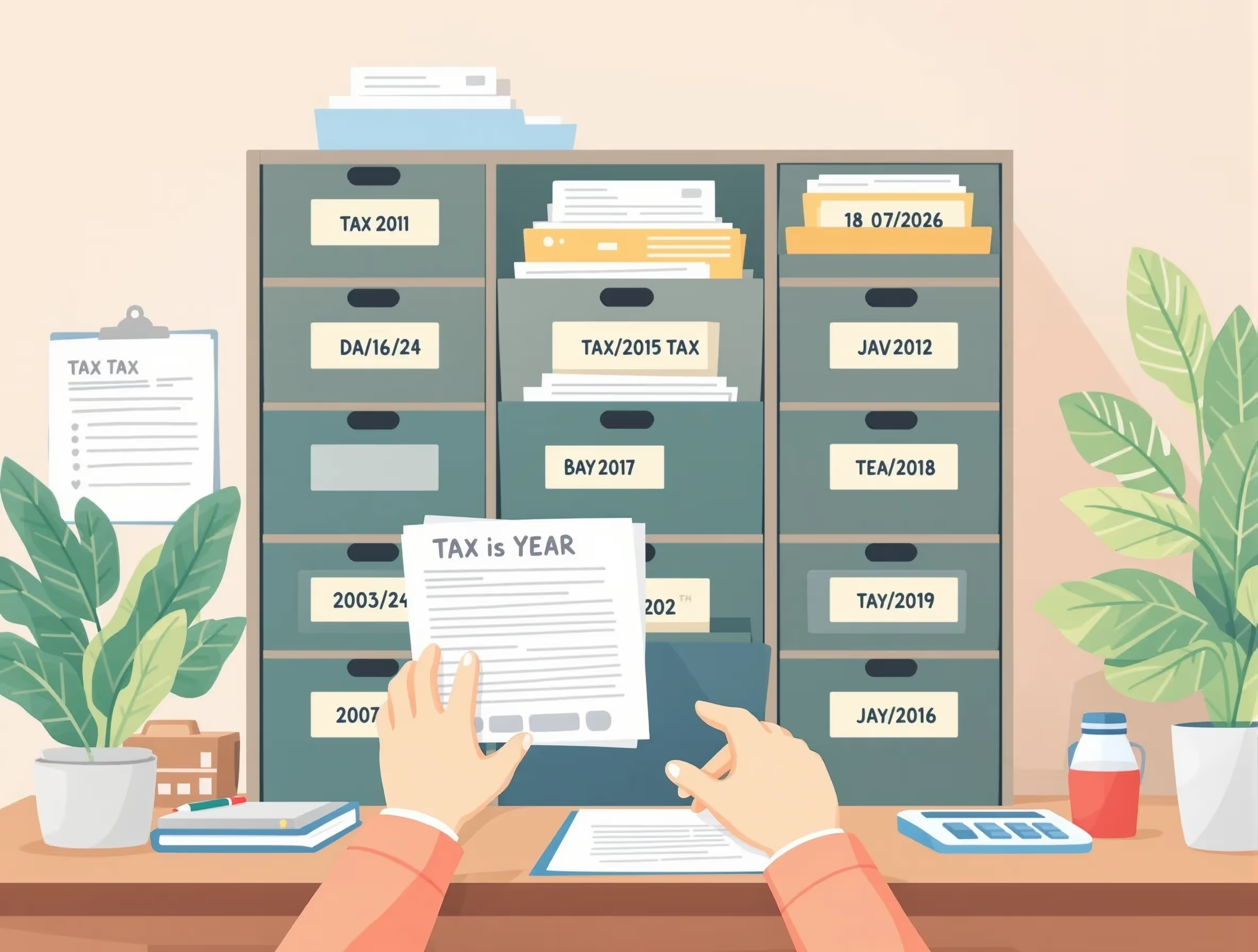
What Form 8858 Is For
U.S. taxpayers use IRS Form 8858 (2019) to report ownership or operation of a foreign disregarded entity (FDE) or a foreign branch (FB). A U.S. citizen or resident owns these foreign-based business structures. A foreign disregarded entity—such as a single-member foreign LLC—is not treated as a separate entity for US tax purposes, meaning its income flows directly to the owner’s federal income tax return.
Similarly, a foreign branch is a business unit or operation abroad that must be reported separately from the parent company. The form helps the IRS monitor international activities and ensure accurate income and transaction reporting for tax compliance.
When You’d Use Form 8858
You are required to file IRS Form 8858 (2019) if you are a U.S. person—including a citizen, resident, domestic corporation, partnership, estate, or trust—that owns or operates a foreign disregarded entity (FDE) or a foreign branch (FB). The form allows the IRS to monitor foreign business activities and ensure accurate reporting for U.S. income tax purposes.
Typical Filing Scenarios
- Direct ownership: You directly own or are the tax owner of an FDE or operate a foreign branch.
- Indirect ownership: You own an interest through a controlled foreign corporation (CFC) or a controlled foreign partnership (CFP) that holds an FDE or FB.
- Partnership or corporate ownership: You are a U.S. corporate partner in a partnership that owns or operates foreign branches or disregarded entities.
Filing Deadlines and Compliance
Attach Form 8858 to your primary federal income tax return (Forms 1040, 1120, or 1065) and file it by the standard tax deadline, including any extensions. If you miss the due date or need to correct previous filings, submit an amended return as soon as possible. Timely filing helps avoid penalties and supports continued IRS compliance.
Key Rules or Details for 2019
The IRS Form 8858 (2019) introduced several essential requirements to improve accuracy and transparency in reporting foreign disregarded entities (FDEs) and foreign branches (FBs). These updates clarified how U.S. filers must prepare, identify, and report their foreign operations for U.S. tax purposes.
- Separate Form Requirement: Each FDE or FB must have its own Form 8858. The IRS does not allow multiple entities to be reported on a single form, ensuring each entity’s details are filed correctly.
- Mandatory Schedule M: Most filers are required to complete Schedule M, which lists related-party transactions, including sales, rents, royalties, services, and loans, between the filer and related entities.
- Reference ID Numbers: Foreign entities without an EIN must have a unique Reference ID number that remains consistent every year.
- Separate Branch Reporting: Income and expenses for each foreign branch must be reported separately, even if an FDE owns the branch.
- Dual Consolidated Loss Rules: The DCL provisions prevent taxpayers from claiming the same loss in both the United States and a foreign country.
These 2019 rules reinforced accurate reporting, minimized audit risks, and promoted consistent IRS tax compliance.
Step-by-Step (High Level)
Step 1—Gather Key Information
Confirm that you are a U.S. person who meets the filing requirements. Collect details for the direct owner, the tax owner, and other related entities, including names, addresses, and only the identifying information needed for the filing form. If you recently made an entity classification election, ensure it applies to the same tax year as the one for which you are filing.
Step 2—Prepare Financial Data
Convert figures from foreign currency to U.S. dollars using the proper exchange rate. Calculate current earnings and net income, and determine how much income is reportable for each entity, separate from others, including any qualified business units.
Step 3—Complete Required Schedules
Fill out the entire form accurately. Use Schedule H for current earnings and Schedule I if applicable. Apply the income inclusion rule when reporting income that flows to the owner’s personal tax return or the filer’s own tax return.
Step 4—Review and File
Attach Form 8858 to your annual tax return. Consult a tax professional to ensure compliance and maximize potential tax benefits before filing your entire tax return.
Common Mistakes and How to Avoid Them
Many U.S. taxpayers make filing errors with Form 8858, often due to confusion about reporting rules for a foreign disregarded entity (FDE) or foreign branch. Below are common mistakes and how to prevent them.
- Not Filing Because There’s No Income: Even if an FDE or branch earned nothing, you must still file for the whole annual accounting period. Always file Form 8858 for every active or inactive entity to remain compliant.
- Incomplete or Inaccurate Financial Details: Errors in the summary income statement, balance sheet, or functional currency conversions can lead to penalties. Use the correct average exchange rate and verify that net income on Schedule C matches your financial statements.
- Omitting Foreign Tax Information: Failing to report foreign taxes or foreign income taxes paid can impact your foreign tax credit and reduce the allowable foreign tax credits. Keep detailed records and confirm that these amounts align with your taxable income.
- Combining Multiple Entities on One Form: Each entity must be filed separately, even if they share direct or indirect owners. Submit a separate form for each entity and cross-check ownership details.
- Late or Inaccurate Filings: Failing to file on time or providing false data can result in severe criminal penalties. File your annual tax return and consult a tax professional for review.
What Happens After You File
After you file Form 8858, the IRS reviews the information to ensure that income, expenses, and foreign taxes from each foreign disregarded entity (FDE) or foreign branch are accurately reflected on your primary tax return. This helps verify eligibility for foreign tax credits and confirms that all income is reported correctly for US tax purposes.
If discrepancies arise, the IRS may issue notices or request additional documentation to verify the information. The IRS may impose penalties for incomplete or late filings, which can delay the processing of credit claims. Keeping accurate records and consulting a tax professional helps maintain compliance and avoid unnecessary IRS scrutiny.
FAQs
What is a foreign disregarded entity, and how does it differ from a corporation?
A foreign disregarded entity (FDE) is a business owned by a U.S. person but not treated as a separate taxpayer for tax purposes. Its income and expenses are reported directly on the owner’s return, unlike a corporation, which is taxed separately.
Do I need to file Form 8858 for multiple foreign disregarded entities (FDEs) that I own?
Yes, each FDE (foreign branch) must have its own form and schedule, even if owned by the same taxpayer.
What financial details are reported on the income statement?
Form 8858 requires a summary income statement that shows revenue, expenses, and taxable income in the entity’s functional currency, translated into U.S. dollars.
When should I report a foreign entity’s annual accounting period?
Use the entity’s regular annual accounting period, ensuring it aligns with the filer’s U.S. tax year for consistency.
What is Schedule M used for?
Schedule M reports transactions between the filer and related parties, such as loans, rents, or sales, involving Foreign Disregarded Entities (FDEs).
























